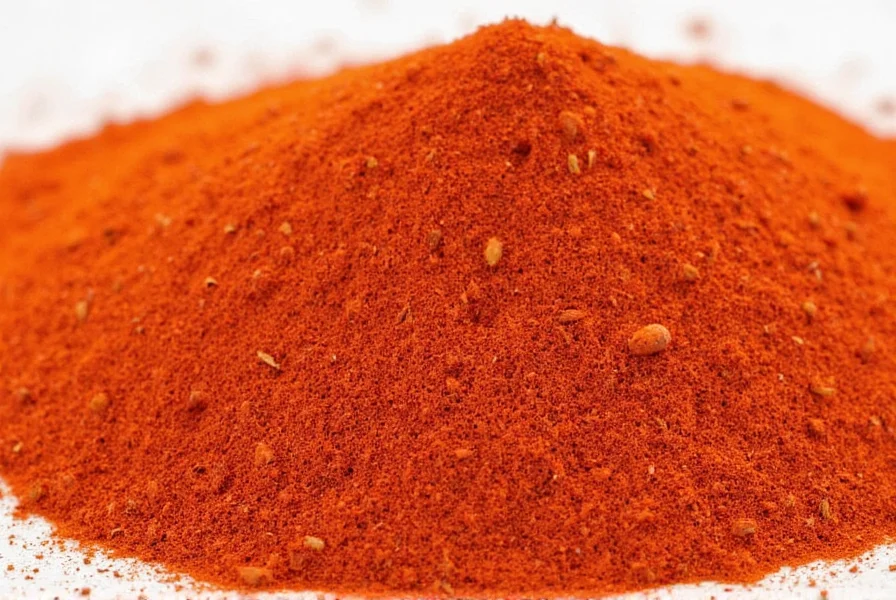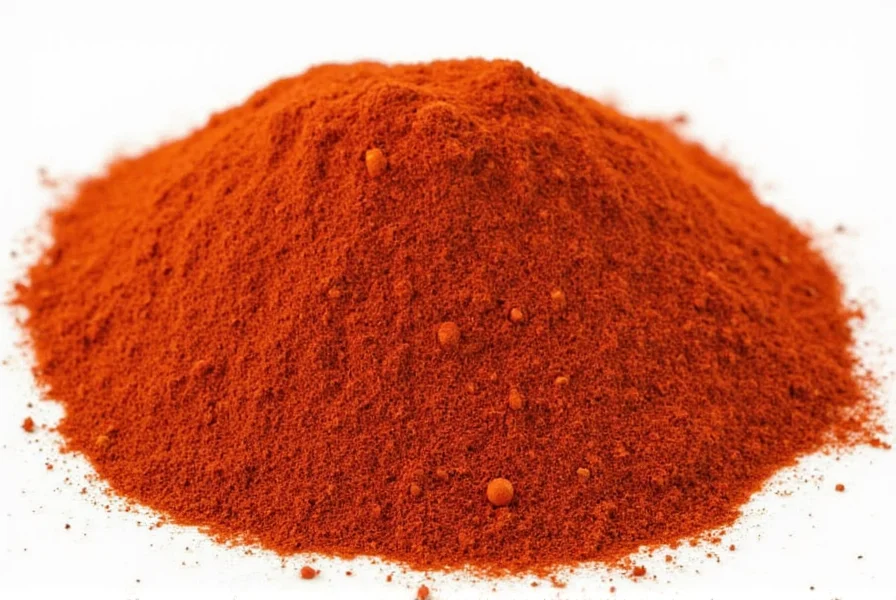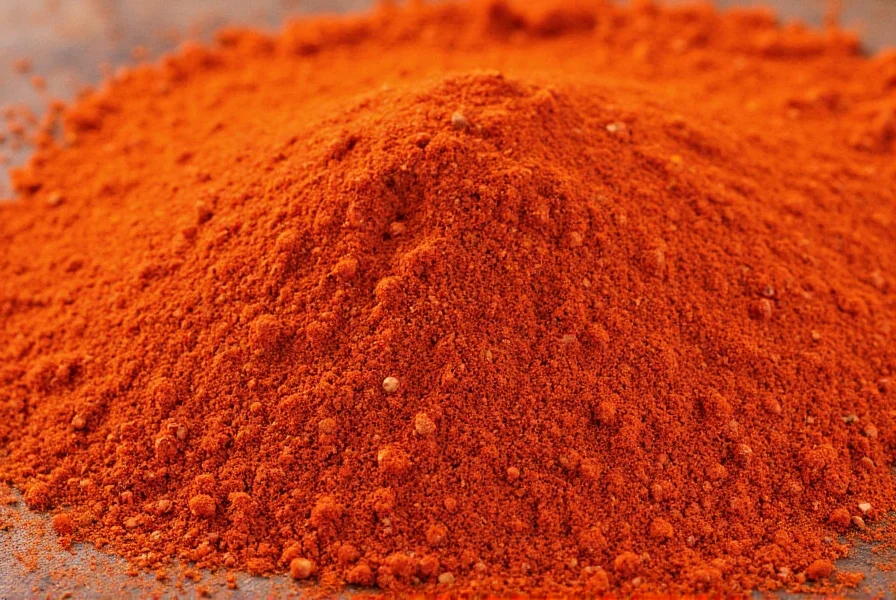Paprika isn't just a pretty red powder that sits forgotten in your spice cabinet. This vibrant seasoning brings both color and character to countless dishes worldwide. Understanding what paprika seasoning is used for unlocks its potential in your kitchen, transforming ordinary meals into extraordinary culinary experiences.
Understanding Paprika Varieties and Their Distinct Uses
Paprika comes in several varieties, each with unique applications. Sweet paprika provides mild, earthy notes perfect for finishing dishes. Smoked paprika (pimentón) adds deep, campfire-like complexity ideal for barbecue rubs and stews. Hot paprika brings gentle heat to balance rich flavors. Hungarian paprika, considered the gold standard, features in traditional goulash and chicken paprikash.
| Paprika Type | Flavor Profile | Best Culinary Uses |
|---|---|---|
| Sweet Paprika | Mild, slightly sweet, earthy | Deviled eggs, potato salad, finishing soups |
| Smoked Paprika | Rich, smoky, complex | Paella, barbecue rubs, roasted vegetables |
| Hot Paprika | Peppery heat with fruitiness | Chili con carne, spicy sausages, bean dishes |
| Hungarian Paprika | Balanced sweet-heat, floral notes | Goulash, chicken paprikash, stuffed peppers |
Essential Applications of Paprika in Global Cuisines
When exploring how to use paprika in cooking, consider these authentic applications. In Hungarian cuisine, paprika forms the flavor foundation of goulash and chicken paprikash, where it's gently cooked with onions to develop its signature taste. Spanish cooks rely on smoked paprika for chorizo, patatas bravas, and authentic paella. American barbecue enthusiasts use it in dry rubs for ribs and pulled pork, while Middle Eastern chefs incorporate it into spice blends like za'atar.

Practical Tips for Using Paprika Effectively
Knowing when to add paprika to dishes makes all the difference. For maximum flavor impact, bloom sweet or smoked paprika in hot oil for 30 seconds before adding other ingredients—this technique unlocks its essential oils. Avoid boiling paprika for extended periods, which can make it bitter. For finishing touches, sprinkle sweet paprika over deviled eggs or potato salad just before serving. When creating paprika seasoning for meat rubs, combine it with garlic powder, onion powder, and black pepper for balanced flavor.
Common Substitutions and Storage Solutions
Running out of paprika? Understanding paprika seasoning substitutes keeps your cooking on track. For sweet paprika, combine chili powder with a pinch of cayenne. For smoked paprika, use chipotle powder with a touch of regular paprika. Proper storage maintains freshness—keep paprika in an airtight container away from light and heat, replacing it every 6-12 months for optimal flavor. Never store spices above the stove where heat degrades their quality.

Advanced Culinary Applications for Home Cooks
Expand your repertoire with these professional techniques for paprika seasoning applications in recipes. Create a paprika-infused oil by steeping the spice in warm olive oil, then drizzle over roasted vegetables. Add smoked paprika to tomato-based sauces for depth without additional liquid. For a surprising twist, incorporate sweet paprika into chocolate desserts for subtle complexity. When making aioli or mayonnaise, blend paprika with garlic for a vibrant dipping sauce that elevates sandwiches and grilled meats.
Frequently Asked Questions
Can I use paprika as a substitute for chili powder?
Yes, but with adjustments. Paprika provides color and mild flavor but lacks the heat and complexity of chili powder. For every tablespoon of chili powder, use 2 teaspoons sweet paprika plus 1/4 teaspoon cumin and a pinch of cayenne for comparable results in most recipes.
Why does my paprika taste bitter in sauces?
Bitterness occurs when paprika is exposed to high heat for too long. To prevent this, bloom paprika in warm oil for just 30 seconds before adding liquids. Never add paprika directly to boiling liquids, as this extracts bitter compounds from the spice.
What's the difference between Hungarian and Spanish paprika?
Hungarian paprika emphasizes sweet, floral notes with varying heat levels, essential for traditional goulash. Spanish paprika (pimentón) focuses on smoked varieties from dried, smoked peppers, providing deep, campfire-like flavor crucial for paella and chorizo. The production methods and pepper varieties differ significantly between these regional specialties.
How much paprika should I use in a standard recipe?
Start with 1/2 to 1 teaspoon for most dishes serving 4-6 people. Sweet paprika can be used more liberally, while smoked and hot varieties require more restraint. Always taste as you go—paprika's flavor intensifies during cooking. For rubs, use 1-2 tablespoons per pound of meat combined with other dry spices.
Can paprika be used in sweet dishes?
Yes, particularly sweet or smoked varieties. A pinch of sweet paprika enhances chocolate desserts with subtle earthiness. Smoked paprika adds intriguing complexity to caramel sauces and certain fruit compotes. Start with just 1/8 teaspoon per serving and adjust to taste, as the application in sweet dishes requires careful balancing.











 浙公网安备
33010002000092号
浙公网安备
33010002000092号 浙B2-20120091-4
浙B2-20120091-4